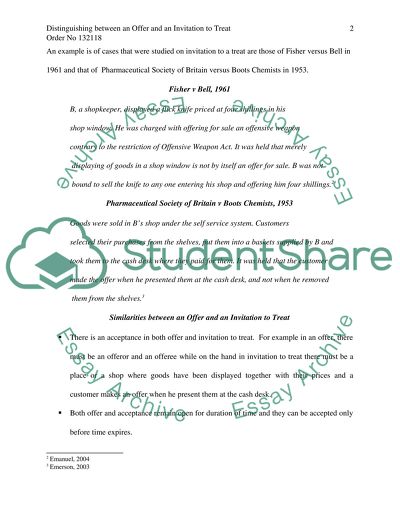Cite this document
(Distinguishing between an Offer and an Invitation to Treat Assignment, n.d.)
Distinguishing between an Offer and an Invitation to Treat Assignment. Retrieved from https://studentshare.org/law/1521963-distinguishing-between-an-offer-and-an-invitation-to-treat
Distinguishing between an Offer and an Invitation to Treat Assignment. Retrieved from https://studentshare.org/law/1521963-distinguishing-between-an-offer-and-an-invitation-to-treat
(Distinguishing Between an Offer and an Invitation to Treat Assignment)
Distinguishing Between an Offer and an Invitation to Treat Assignment. https://studentshare.org/law/1521963-distinguishing-between-an-offer-and-an-invitation-to-treat.
Distinguishing Between an Offer and an Invitation to Treat Assignment. https://studentshare.org/law/1521963-distinguishing-between-an-offer-and-an-invitation-to-treat.
“Distinguishing Between an Offer and an Invitation to Treat Assignment”. https://studentshare.org/law/1521963-distinguishing-between-an-offer-and-an-invitation-to-treat.


